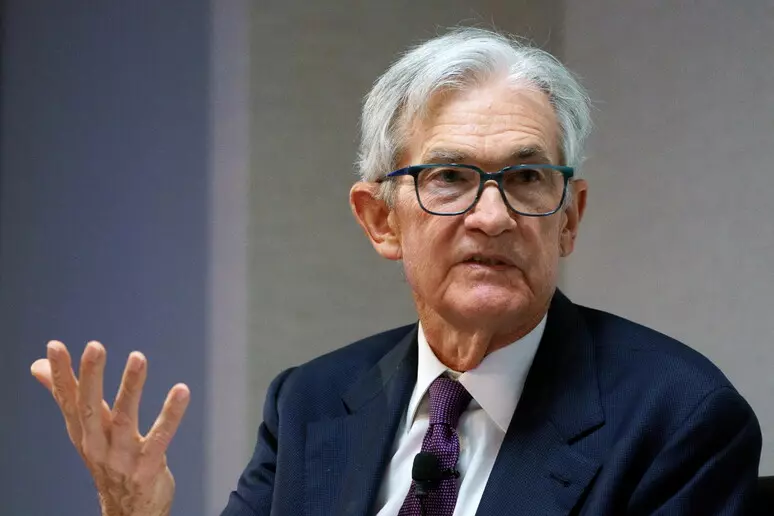In the span of just a few days, $1.8 trillion was wiped off U.S. markets in a wave of panic triggered by the Trump administration’s new tariff policy.
The storm also hit European stock exchanges, where geopolitical tensions, persistent inflation, and the risk of recession are reshaping investor sentiment. Some are fleeing, others are paralyzed, and some, like Massimo Paone, are observing the changes with clarity, trying to anticipate long-term trends.
An economist, financial advisor, and portfolio manager for one of the five largest American banks, Paone has lived and worked in New York for over twenty years. La Voce spoke with him to understand whether the United States is truly on the brink of collapse or simply at the dawn of a new era.
Could you explain the main differences between Wall Street and other global stock exchanges?
The real difference between Wall Street and markets like the Italian one lies first and foremost in size. Many U.S. companies, taken individually, have a market capitalization larger than the entire Milan Stock Exchange. In fact, Apple, Microsoft, and Nvidia today are worth more than Italy’s entire GDP. The same information is available in New York as it is in Milan, Tokyo, or Shanghai, and markets price it in almost real time. But it’s the operational scale that makes the difference.

To what extent, and why, do you believe recent Trump administration policies contributed to the U.S. and global market downturn?
The Trump administration’s tariff policies had an immediate and deep negative impact on the markets. The announcement of the so-called ‘Liberation Day’ triggered panic not only in the equity market but also in the bond market. Companies with global supply chains will be hit hardest. Rising costs, squeezed margins, slower investment, and possible job losses are all chain reactions. The paradox? Tariffs, introduced to bring jobs back to the U.S., may end up doing the exact opposite.
How has market volatility affected institutional and retail investors?
Before the White House’s temporary reversal on April 9, the market was in free fall. The S&P 500 lost $5.8 trillion, then regained $4 trillion. The net loss was still $1.8 trillion. For the first time, they began divesting from the U.S. as if it were an emerging market. That’s extremely troubling.

What lessons can European countries learn from this fluctuation?
The most important lesson for Europe? Protect the independence of the Central Bank. The Trump administration’s pressure on the Federal Reserve poses a systemic risk. It undermines confidence in American economic governance. JP Morgan has already indicated that a process of de-dollarization, fueled by a perception of unstable governance, could lead to a structural underperformance of U.S. assets.
What kind of strategies would you recommend to investors navigating a market increasingly influenced by political uncertainty?
In this kind of environment, caution is key. We still don’t know whether there will be a full-blown trade war or if a compromise will be reached. But in the meantime, some defensive strategies can be very effective. The market seems to tolerate moderate tariffs like the 10% imposed by the U.S. without major shocks. But an escalation would be a different story. If the future leans toward re-shoring production and a revival of manufacturing, then off-market investments—toward Main Street through private equity, infrastructure, and private debt—could become much more attractive over the next decade.
What are the medium- and long-term prospects for the U.S. economy in light of recent events?
If we want to consider the worst-case scenarios, I’d refer to a Peterson Institute study that estimates a potential U.S. GDP loss of up to 9.7 percentage points by 2028, due to the combination of tariffs, mass deportations, and the loss of Fed independence.












